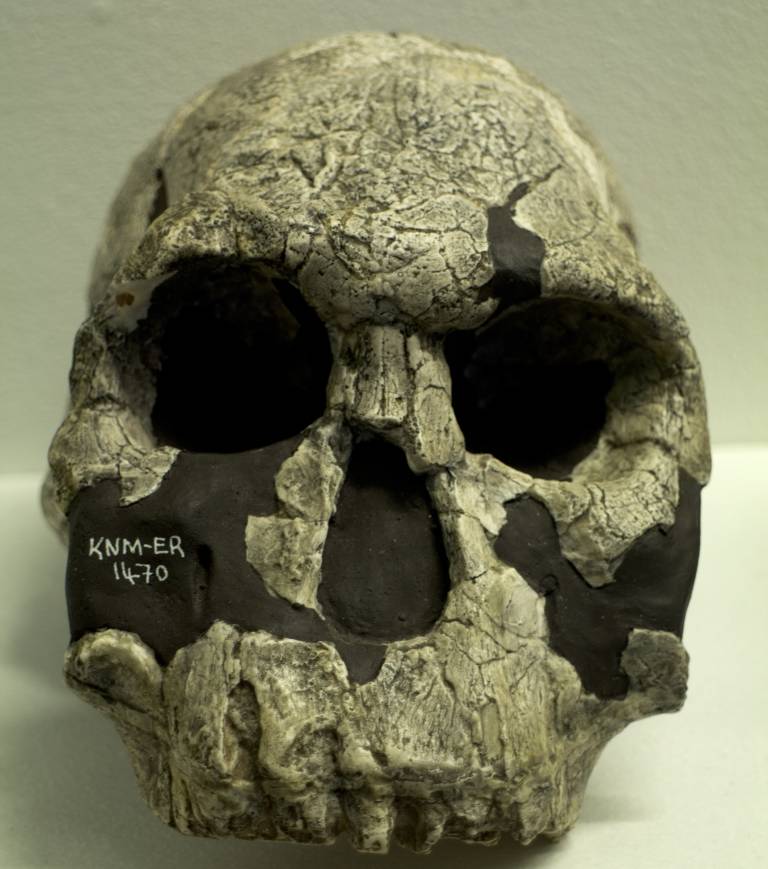Making meaning from fragmentary fossils: Early Homo in the Early to early Middle Pleistocene
16 April 2023
In celebration of the 50th anniversary of the Journal of Human Evolution, we re-evaluate the fossil record for early Homo from early diversification and dispersal in the Early Pleistocene to the ultimate demise of H. erectus in the early Middle Pleistocene.

In celebration of the 50th anniversary of the Journal of Human Evolution, we re-evaluate the fossil record for early Homo (principally Homo erectus, Homo habilis, and Homo rudolfensis) from early diversification and dispersal in the Early Pleistocene to the ultimate demise of H. erectus in the early Middle Pleistocene. The mid-1990s marked an important historical turning point in our understanding of early Homo with the redating of key H. erectus localities, the discovery of small H. erectus in Asia, and the recovery of an even earlier presence of early Homo in Africa. As such, we compare our understanding of early Homo before and after this time and discuss how the order of fossil discovery and a focus on anchor specimens has shaped, and in many ways biased, our interpretations of early Homo species and the fossils allocated to them. Fragmentary specimens may counter conventional wisdom but are often overlooked in broad narratives. We recognize at least three different cranial and two or three pelvic morphotypes of early Homo. Just one postcranial morph aligns with any certainty to a cranial species, highlighting the importance of explicitly identifying how we link specimens together and to species; we offer two ways of visualizing these connections. Chronologically and morphologically H. erectus is a member of early Homo, not a temporally more recent species necessarily evolved from either H. habilis or H. rudolfensis. Nonetheless, an ancestral–descendant notion of their evolution influences expectations around the anatomy of missing elements, especially the foot. Weak support for long-held notions of postcranial modernity in H. erectus raises the possibility of alternative drivers of dispersal. New observations suggest that the dearth of faces in later H. erectus may mask taxonomic diversity in Asia and suggest various later mid-Pleistocene populations could derive from either Asia or Africa. Future advances will rest on the development of nuanced ways to affiliate fossils, greater transparency of implicit assumptions, and attention to detailed life history information for comparative collections; all critical pursuits for future research given the great potential they have to enrich our evolutionary reconstructions for the next fifty years and beyond.
Making meaning from fragmentary fossils: Early Homo in the Early to early Middle Pleistocene
Susan C. Antón, Emily R. Middleton
 Close
Close

